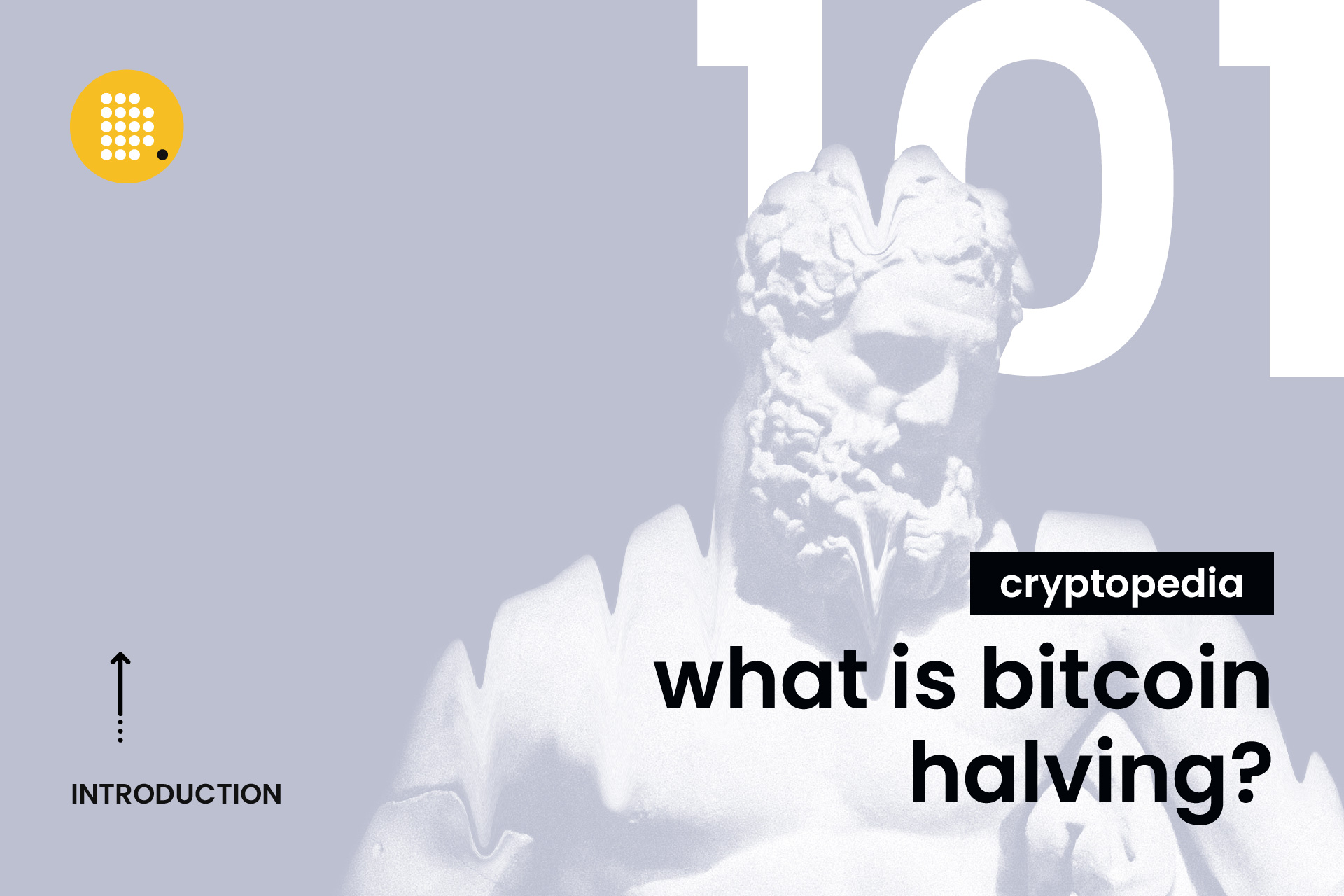
There are many interesting concepts in the world of cryptocurrencies, and while quite a few of them are relatively new, delivered by younger projects — there are several that came to existence back when Bitcoin itself was invented. Perhaps the most curious one is Bitcoin halving.
If you are a newbie to blockchain and cryptocurrencies, read more about what Bitcoin is, this will help to better understand the process of Bitcoin halving.
Bitcoin halving: what is it?
Simply put, Bitcoin halving is the process that cuts Bitcoin’s block rewards in half. As you probably know, Bitcoin — as well as most altcoins — runs on blockchain technology. All transactions are recorded, grouped in blocks, and verified by miners who get rewarded for their effort in the form of new Bitcoins.
However, after a certain period, these rewards get cut in half, which effectively reduces the number of Bitcoins that miners receive.
Sponsored
This happens each time when miners solve a specific number of blocks — 210,000, which is a part of the Bitcoin algorithm, originally created by Satoshi Nakamoto.
Why is Bitcoin halving happening?
Another thing that you may know about Bitcoin is that it has a limited total supply. In other words, the Bitcoin supply is capped at 21 million BTC. That means there will only ever be 21 million Bitcoins in existence, and not a single coin can be created outside of this limit. After this limit is reached miners will only profit from transaction fees.
Now, in order to keep the mining rewards going, and ensure that people will have a reason to mine BTC for a long time, its creator introduced the process of halving. When BTC was first created, its mining rewards were 50 BTC per block. After 210,000th block was mined, these rewards dropped to 25 BTC per block. This happens approximately every 4 years.
Sponsored
The period between two halvings is ensured by the fact that each BTC block requires a specific amount of time to be solved. This is around 10 minutes per block, on average, and the mining difficulty controls how difficult it is to solve blocks. If there is a lot of computing power involved in solving a block, the mining difficulty automatically increases, meaning that it would still take 10 minutes. If only a single computer were mining BTC, the difficulty would drop significantly, and the computer would also take 10 minutes to solve each individual block. However, the change in the difficulty doesn’t happen instantly, but only after 2016 blocks.
The 4th Bitcoin Halving is supposed to happen in April/May 2020. As mentioned, it is usually relatively simple to pinpoint the date of the halving process, but the increase in computing power in 2019 seemingly led to an increased speed of solving blocks, hence the uncertainty as to when the halving will actually happen.
What impact does halving have on Bitcoin’s price?
As you would expect, the halving cannot simply happen and not leave a mark on the price of BTC. After all, the rewards for mining are getting smaller, meaning that each miner will get a smaller amount of BTC, once the rewards get split among the participants.
In theory, smaller rewards would mean a smaller supply of newly-arriving BTC coins, which should lead to an increase in Bitcoin’s price. If the price increases as expected, then the smaller Bitcoin reward would end up having greater value, and miners would still receive the similar amount when exchanged into Fiat currency.
Crypto users know when to expect the halving, and they also know that the price should increase after the event to accommodate the miners who will be receiving fewer coins.
The best way to think about it is that the halving process almost definitely will lead to an increase in BTC price, although only in a longer perspective. All of the volatility that BTC price will experience before and after the halving will be only temporary, and based on the sentiment, rather than Bitcoin’s actual value. In the long run, however, the fact will remain that BTC will be in shorter supply, which will lead to an increase in its value.
What will happen when BTC reaches its total supply?
As explained before, Bitcoin continues to move towards its total supply with each block mined. The halving process reduces the number of coins received as a reward for the miners by half, but each block still brings us a step closer to the 21 million BTC. Naturally, the rewards will continue to get smaller, which should make BTC price grow, in time.
But, the question remains — what will happen once BTC circulating supply actually matches its total supply?
Obviously, miners will no longer receive new Bitcoins with each block. They will only take profits from the transaction fees. Similarly to how it is now, fees will continue to exist, and each time when someone makes a transaction, they will have to pay some extra amount to have their transaction verified.
